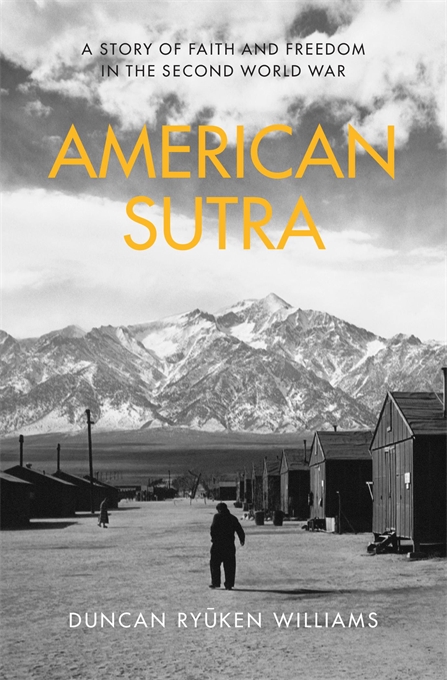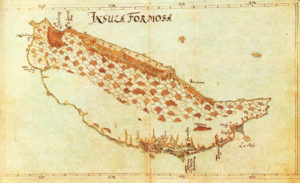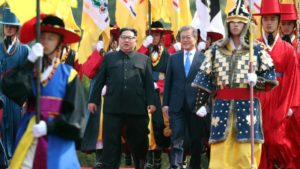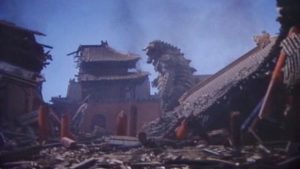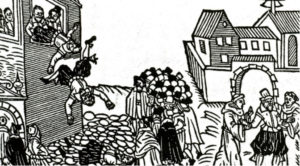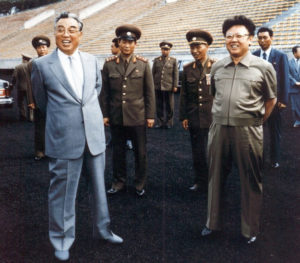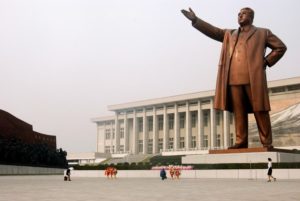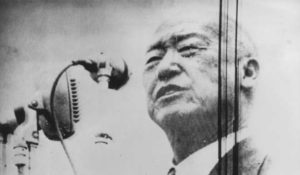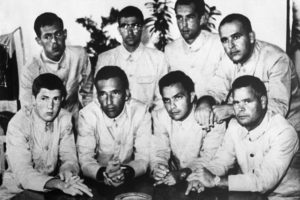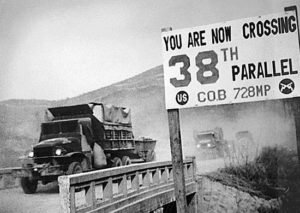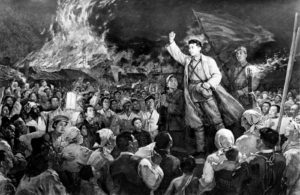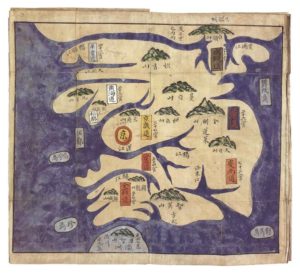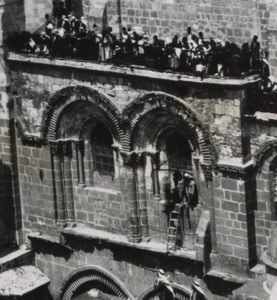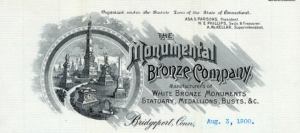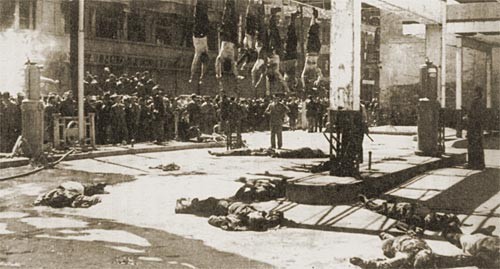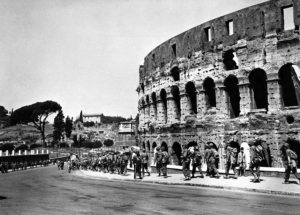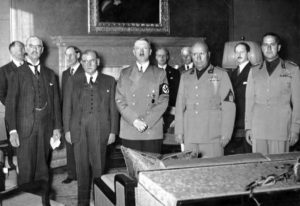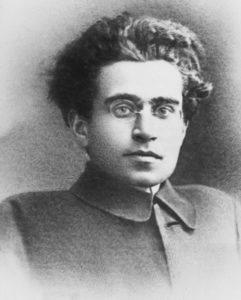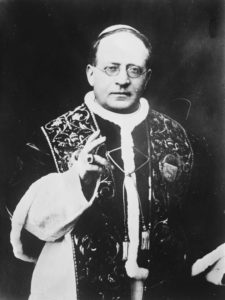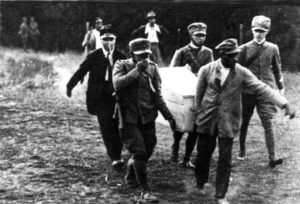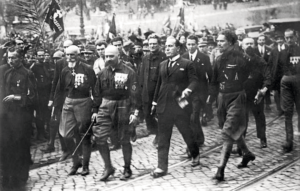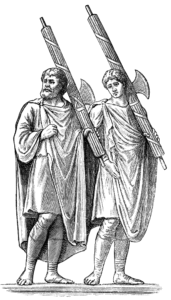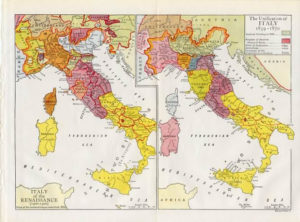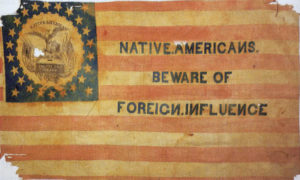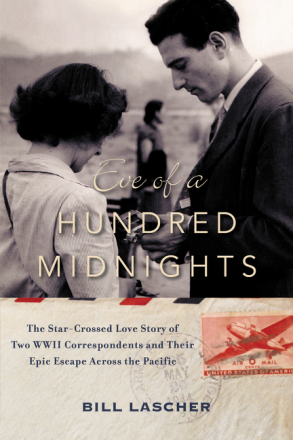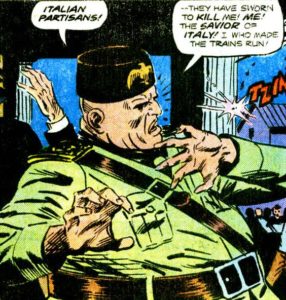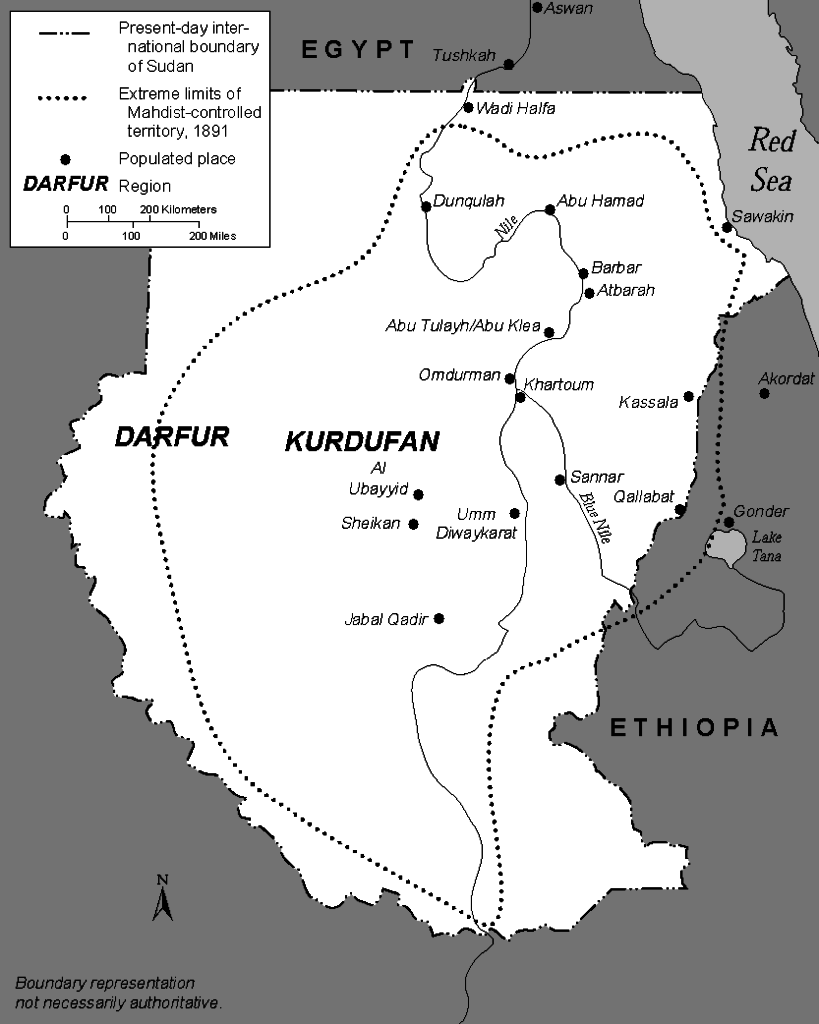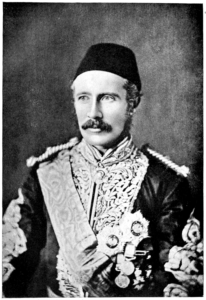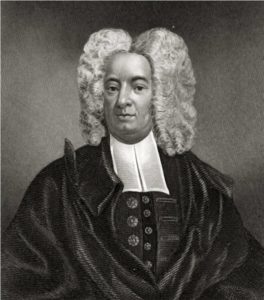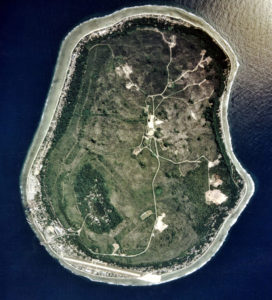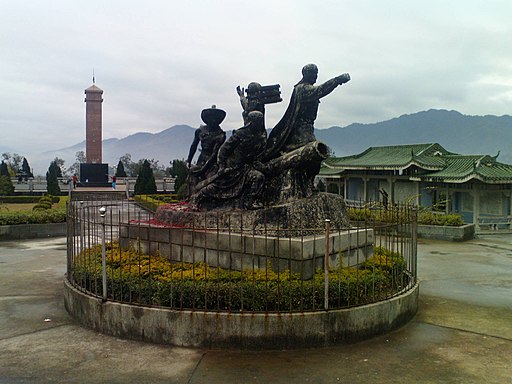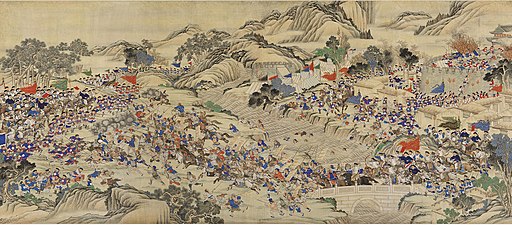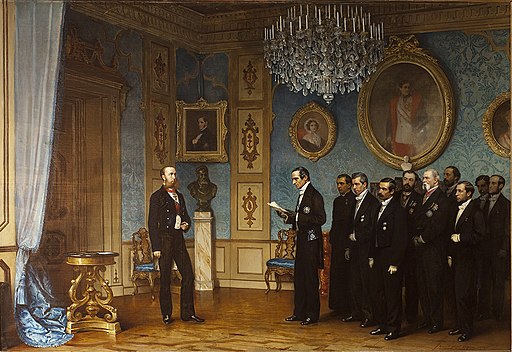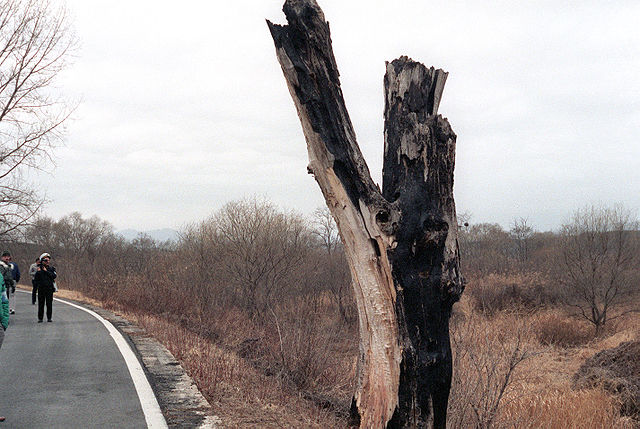In 1854 the anti-immigrant Know-Nothings made their debut into American politics. They ran candidates in 76 of the 82 available House of Representatives races, and won 35 of those seats. At the same time, they also became a force to be reckoned with in state and local governments. After their initial success, the Know-Nothings installed one of their own as the Speaker of the House and, at the local level, began passing laws and ordinances that restricted the rights of immigrants.
In 1856 they made a play for the Oval Office, nominating former president Millard Fillmore. As president, Fillmore signed the Fugitive Slave Act that led to the dissolution of the Whig party and (indirectly) to the power vacuum that allowed for the Know-Nothings’ ascendancy. Fillmore did not identify with the Know-Nothings, but saw the nomination as a chance to form a national party that was untroubled by the issue of slaver.
Unfortunately for Fillmore and the Know-Nothings, slavery is possibly the most contentious and important political issue in American history. The issue of slavery (and secession and disunion) dominated the 1856 election. The anti-immigrant Know-Nothings continued to ignore the issue, and after 1856 the momentarily successful party slid into irrelevance.
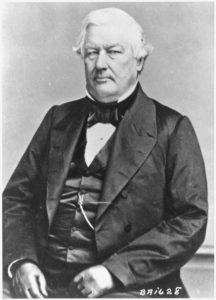
Podcast: Play in new window | Download
Subscribe:

